At the beginning of the school year, we take time getting to know our students. We listen to them read. We take some running records. We may find their reading levels.
Then we put them into guided reading or small groups. Next comes the task of finding books for our groups. If we know students’ reading levels, this is fairly simple. We head to the book room or browse our own libraries and pull texts for each group based upon their phonics skills and/or reading levels.
But if you’re a Kindergarten or first grade teacher, this task of finding books may not be so easy – especially when many of your students are pre-readers.
So what do you do if you use leveled readers…but your students aren’t yet ready to read Level A books? Or if their pretend reading of patterned texts isn’t really moving them forward? In this blog post, I’ll share solutions!
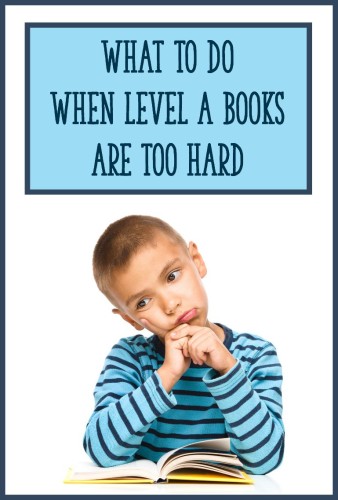
Photo credit: Serhiy Kobyakov / Shutterstock
Pre-readers should still have opportunities to work with books and gain print skills. You can choose an alphabet book or very simple text and read it to / with students, then discuss skills like:
- Pointing 1:1 under the words
- Counting the number of words or letters
- Identifying the first letter of a word
- Identifying familiar alphabet letters and sounds in the book
- Identifying simple high frequency words
The rest (majority) of small group time with pre-readers should consist of phonological awareness and phonics practice.
As students learn more and more letter sounds, they’ll be ready for decodable texts. Decodable texts are specifically controlled for sound patterns that students know. When I first use decodable texts with my Kindergarten students, I use texts that include a mix of high frequency words and a limited number of VC and CVC words. This helps them become comfortable with decoding WITHOUT overwhelming the with tons of words to decode.
Here’s an example from my Kindergarten decodable books bundle – notice how the total number of CVC words is limited:
(The actual bundle also has printable book formats with pages.)
Of course, as students’ skills grow, I use texts that include more CVC words, then words with digraphs, words with blends, etc. When I see that students’ decoding skills are strong – and that using phonics knowledge is their primary decoding strategy – then I feel more comfortable using leveled texts with them.
Supporting Students with Challenging Texts
From time to time, you may still find that you need students to read a text that’s too hard for them – whatever the level. You may also want to expose students to more grade-level texts – but what about the students who can’t yet read them independently?
When I want to have a small group of students to read a text that I know is a bit too difficult for them, I use one of the following strategies to provide support:
- Echo Reading
- Choral Reading
- Teacher Pre-Read
Echo Reading
To do an echo read, I distribute copies of the text to all students in the small group, keeping one copy for myself. I read the title to students and discuss the content and/or the day’s teaching point.
Next, I turn to the first page (and have all students do the same). I read aloud the text on the page to students, while students follow along in their books. Then, I have students read the text aloud (chorally – all at the same time).
I repeat this process for each page of the book. If I pause to teach something, I do so only briefly.
After we have read the entire text using the echo reading strategy, I then have students start the book again – but this time, I have them read it on their own. As students whisper read the text independently, I listen in and sometimes take a running record of one student’s reading. If their accuracy is above 90%, then this strategy has been successful in scaffolding their reading at this level of text.
Choral Reading
In a choral reading, I usually begin by reading aloud the entire text to students. I may or may not give them copies of the text for the first read aloud. If I don’t give them their own copies, I show them the text as I read it aloud (holding the book as I would during a readaloud).
Next, we read the entire book chorally, as a group. If students are struggling with this, then we take a step back and do some echo reading (I read a page, and then all of the students read it chorally).
Even if students are not all reading together during the choral read (some may be lagging behind a bit), they are still practicing saying the words aloud and connecting them to print – and this is valuable!
Teacher Pre-Read
Just as in the choral reading strategy described above, I begin by reading the entire book aloud to my students. Then, I give students copies of the same book, and they whisper-read the text independently.
The Ultimate Goal
Of course, the ultimate goal is for students to be able to read texts on their own. When you use one of these strategies, use it only as a temporary support to help students work toward this goal.
The graphic below shows these strategies as a continuum, ranging from “Most support” to “Least amount of support.”
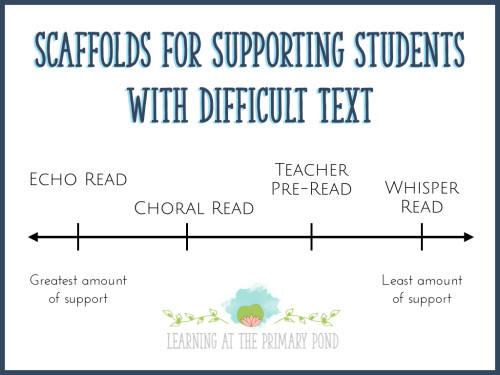
Resources
You can read more about the decodable texts mentioned in this post at this link.
Or, if you’re looking for guided reading lessons and activities for your emergent readers, check out my Pre A Guided Reading Pack:
Happy teaching!

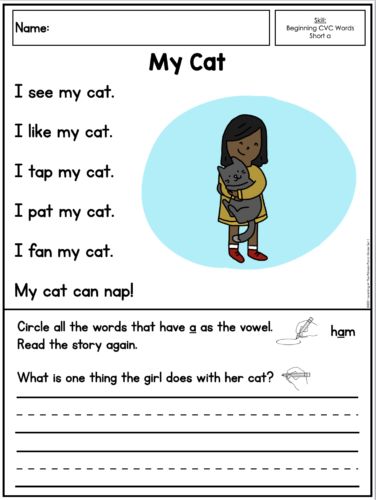
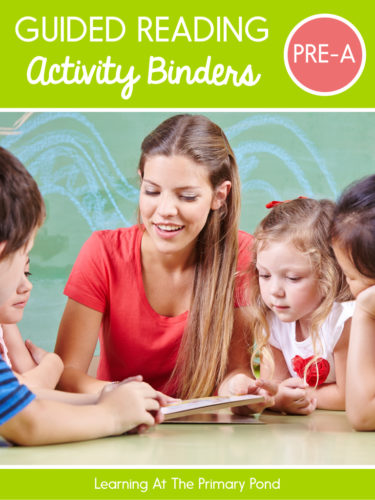
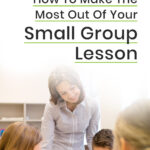
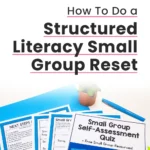


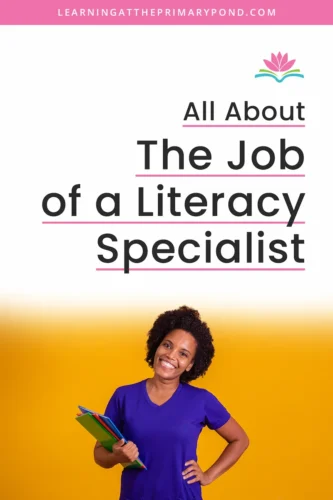







Excellent resource. Thank you for sharing.
I love your resources. Thank you!
I’m so glad, Michelle! Thanks for your sweet comment! 🙂
Alison
Can you tell me where you found the books pictured in the take home bag? Thank you!
Hi Angela! The books can be found here: https://www.teacherspayteachers.com/Product/Kindergarten-First-Grade-Take-Home-Books-for-Readers-at-Guided-Reading-Lvl-A-1932464
🙂 Alison
Do you have students do a picture walk before you do an echo, choral and/or teacher rereading? I do, then I address any vocabulary/hfw that students from their picture walk may need explaining or scaffolding. Thanks.
Hi! Yes, sometimes I do picture walks with pre-readers or beginning readers at Level A. For more advanced kids, we might look at just one or two pictures. 🙂
Alison
Thank You! Having students from all backgrounds I like to have students have a brain t.v. view of the story. Mostly to hear their thoughts about the author’s purpose and making connections.
I teach 7th grade science. Most of my students read below grade level. Any tips to help remediate at this level?
Hi Jamie! When I was getting my master’s degree, I worked in a special reading clinic with students like yours. We learned to do the following things when a text was challenging for a student: – Pre-teach words for decoding (have the kids read tricky words before they encounter them in the text) – Pre-teach a word or two for vocabulary (meaning) – Have kids read and complete a cloze passage related to the main text before they read it (the kids fill in words that make sense, and the cloze passage provides some background knowledge) I definitely think that… Read more »
What can parents do for the struggling readers at home to help them get better at reading?
Hi Catherine! I think one of the most powerful (and simple) things parents can do to help is read aloud to their children. If you read aloud books that are a bit harder than what children can read themselves, this is great for developing comprehension and vocabulary. Parents can also ask teachers for help finding books that are at a child’s independent reading level. Having children read lots and lots of these books (that are just a little bit easy) is very helpful. I’m also planning a post about this topic for August 20th – I hope you’ll check back… Read more »